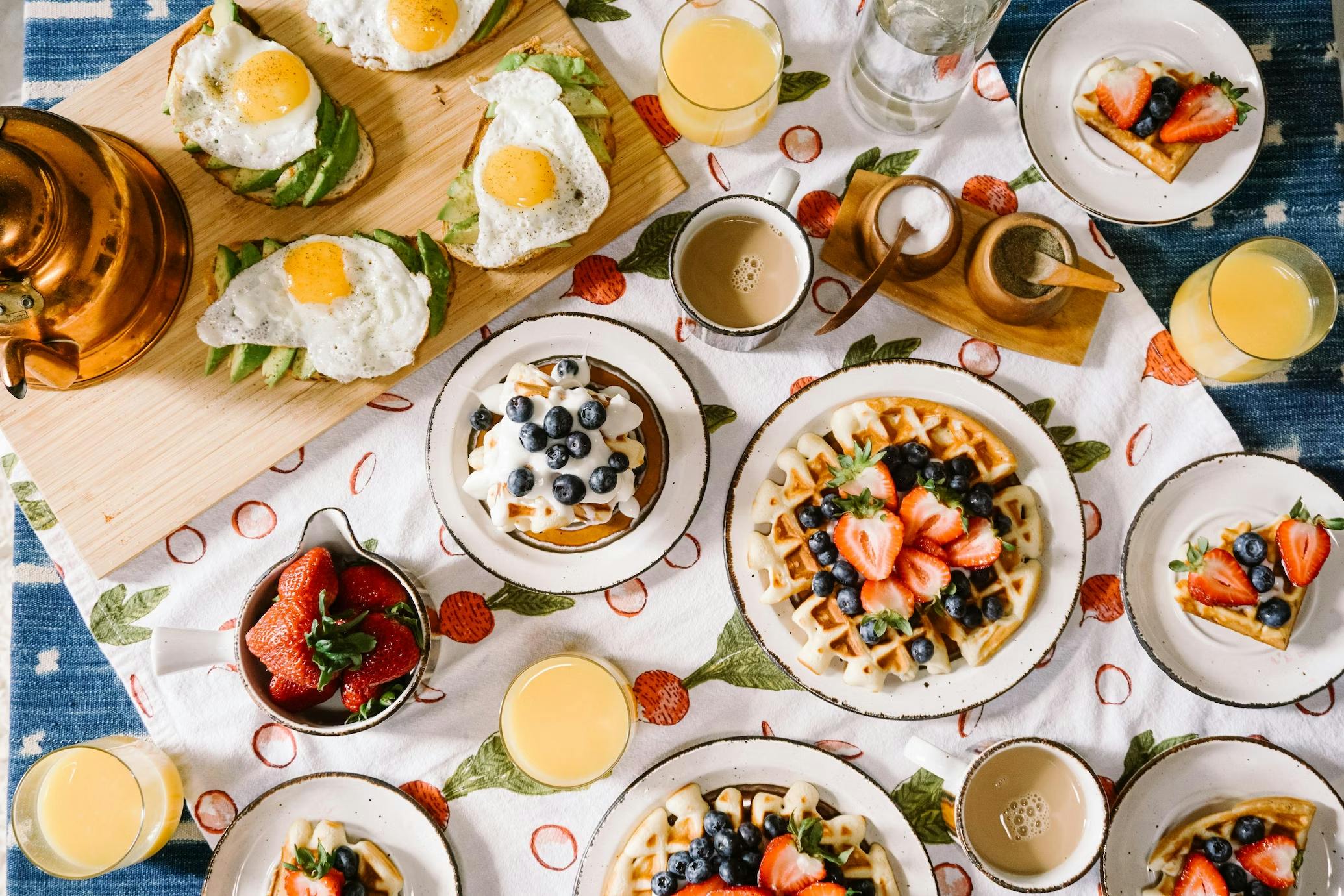
As modern economic trends continue to impact the restaurant industry, menu prices are expected to rise significantly throughout 2023. This should be particularly notable to restaurateurs that also operate digitally and factor third-party delivery costs into their finances. Nowadays, eaters are more cost-conscious than ever, and if prices get too high, they might pass on dining out altogether. Smart menu pricing is crucial for any modern restaurant, often meaning the difference between success and failure. To keep your orders, profit, and customer demand strong, we collected 4 of today’s best menu pricing strategies below!
Each of the following strategies has been selected to maximize your revenue and minimize your cost of goods sold. Through effective planning and using resources you already have, you can start to implement these tips. By doing so, you’ll be able to stir up profit and customer engagement in any kind of economic condition.


Each of the above costs should contribute to how your menu’s prices are set. Remember: as a restaurant owner, your food is typically the way that you’ll be paying these bills. Keep track of how the above cost types change over time, and make sure that your menu prices accommodate them. To make this process easier, use restaurant or food truck software that’s built specifically for analyzing restaurant accounting and analytics.

You won’t get far in the restaurant industry without a firm grasp on customer demands and spending habits. Understanding what your eaters are comfortable paying – and what factors affect that comfort – is critical for setting menu prices. Without that knowledge, you’ll appear out-of-touch with your community, and competitors will be quick to pounce on your target audience. Fortunately, a variety of resources exist to help confirm eater preferences and budgets. Use these tools to learn what your eaters do and don’t value most in a menu.
Once you have a strong awareness of the prices customers are willing to pay, compare them to your costs. Ask yourself: Will a menu with these prices cover my restaurant’s expenses? If the answer is yes, then you’ve got a great foundation for your menu prices! If not, you’ll need to use some smart marketing tactics to overcome customer concerns.
Eaters that aren’t interested in your prices alone may very well be persuaded by engaging automated marketing or QR code ordering. These assets confirm to customers that your restaurant is worth paying for!

As you saw in Strategy #1, every dish on your menu has an associated direct and indirect cost. Not all menu items are created equal, though, and they shouldn’t all be priced at the same level. Creating a menu that accommodates a variety of price points ensures you aren’t excluding any potential customers, maximizing your restaurant’s revenue. It also keeps your business consistent during periods of seasonal downtime, strengthening your reliability and consumer trust. With this strategy, you’ll also gain invaluable data on what price points your customers prefer.
Menu prices should be as diverse and unique as the dishes you attach them to. While your menu needs to cover your costs overall, not every item needs to be a major profit driver. In fact, restaurant revenue is typically concentrated around a few key items. Determine what these items are on your menu, and price them accordingly to balance margins and customer demand. You shouldn’t feel constrained by a menu of assorted price points – instead, use it to spark creativity in your dishes. Give customers options, and they’ll want to try them all!

The restaurant world is in a state of constant flux, where adaptivity is adored and stagnation is avoided. This should be the mindset that you keep for your menu prices: always changing and shifting to satisfy customers. Keeping your prices the same for long periods of time can be extremely dangerous for your profit margins. If your menus don’t change with trends and innovations, you might find your business overtaken by competitors that do. Eaters want to know that your menu will be appealing and affordable in the long-term.
Menu flexibility shows customers that you’re a savvy, timely restaurant that isn’t afraid to constantly improve. Even if your dishes don’t change, your prices should, keeping up with economic conditions and your community’s financial well-being. Many restaurants tend to stay away from changing their prices too often, as it’s often a time- and labor-intensive process. With modern menu management solutions, though, updating all of your menus across in-house and digital platforms takes seconds. Use tools like these to help your menu grow and evolve!

While we’ve separated each of these menu pricing strategies by type, using them all together can give you even better results. Menu pricing is an involved process that demands a keen awareness of your restaurant’s activities, dishes, and customers. Choosing the right menu prices might seem daunting, but once you do, you’ll have an easy path to restaurant success. A well-priced menu keeps your business popular with customers and financial stakeholders.

Book a demo to see how Otter’s all-in-one platform can help your restaurant thrive.